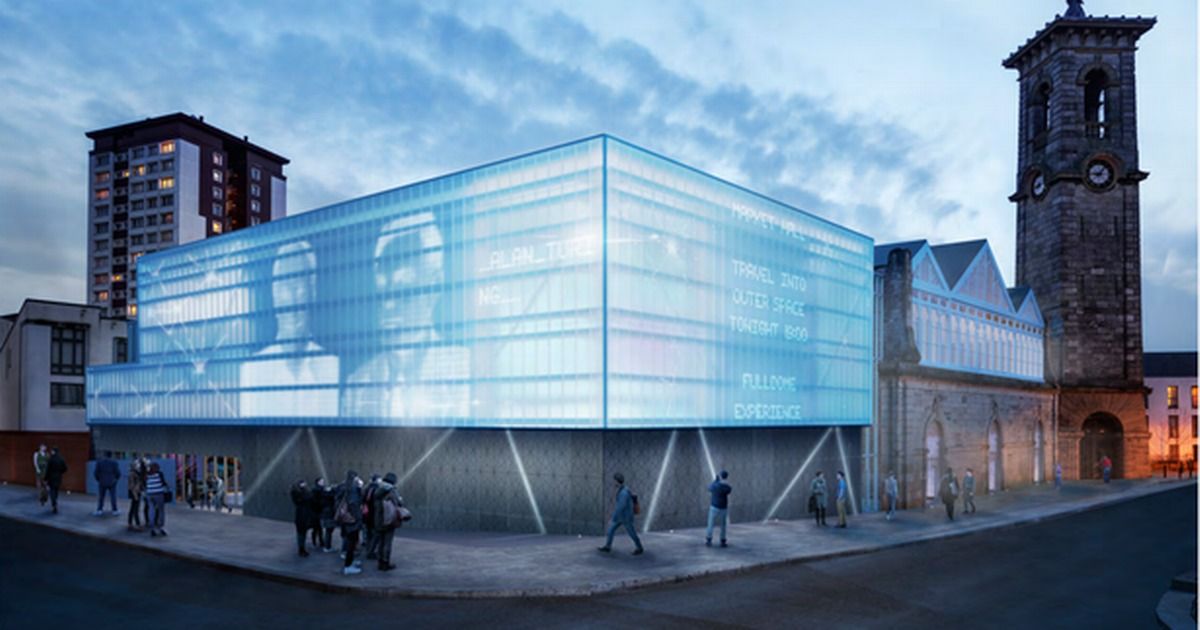The Carbonite-2 spacecraft can resolve moving cars, lorries, boats and planes from a height of 505km.



Contrary to certain sensationalist articles declaring that video games are harmful, there is, in fact, growing evidence that playing video games may have a positive effect on cognitive health, particularly in older people [1].
Today, we will be taking a look at the scientific evidence to see if brain training or hitting your favorite video game titles could help keep you healthy as you age.
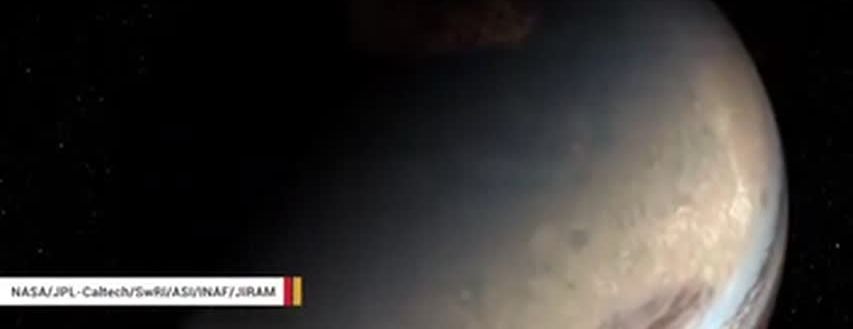
JUST IN:
NASA released an infrared tour of Jupiter’s North Pole on Wednesday, April 11.
The 3D movie depicts the densely packed cyclones and anti-cyclones on the planet, according to NASA.
Data collected by Juno mission scientists using the Jovian InfraRed Auroral Mapper (JIRAM) instrument, helped generate the animation. JIRAM records the light from deep inside Jupiter, whether it is night or day.
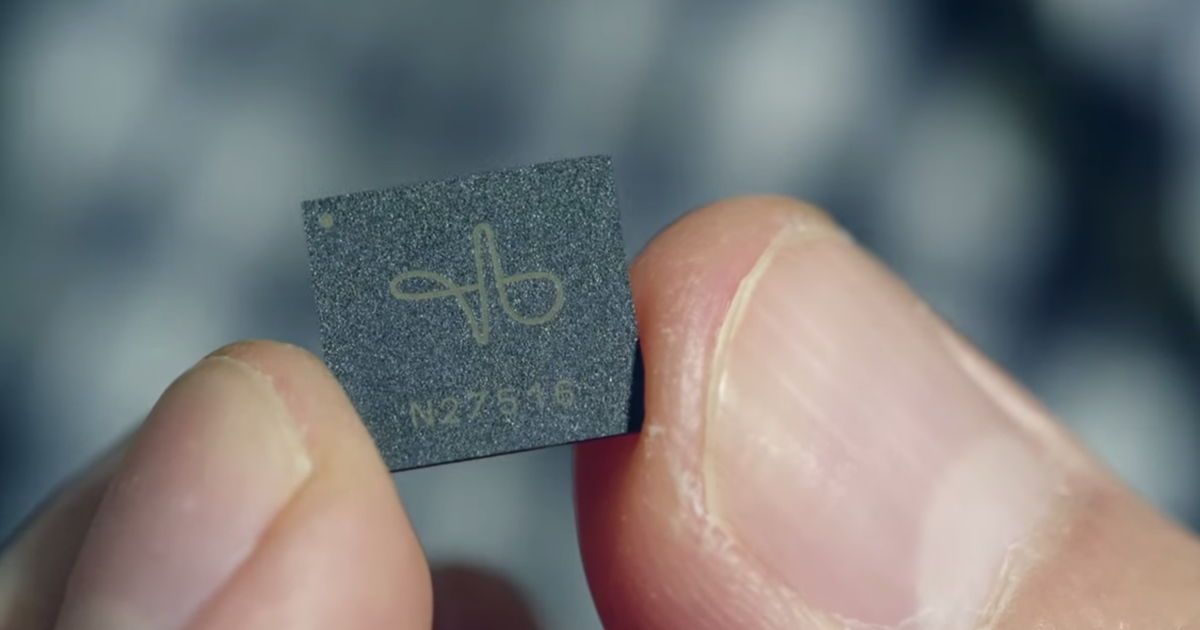
Get ready to lift your jaw off the floor.
It seems that the intricacies of technology are only speeding up, and every day we get closer to the sci-fi future predicted in so many novels and movies.
In a recent video from Google, we got a look into what that future might look like. Google introduced a new product called Project Soli, which uses radar technology to detect movements to such a detailed degree that you can use subtle finger movements to control it.
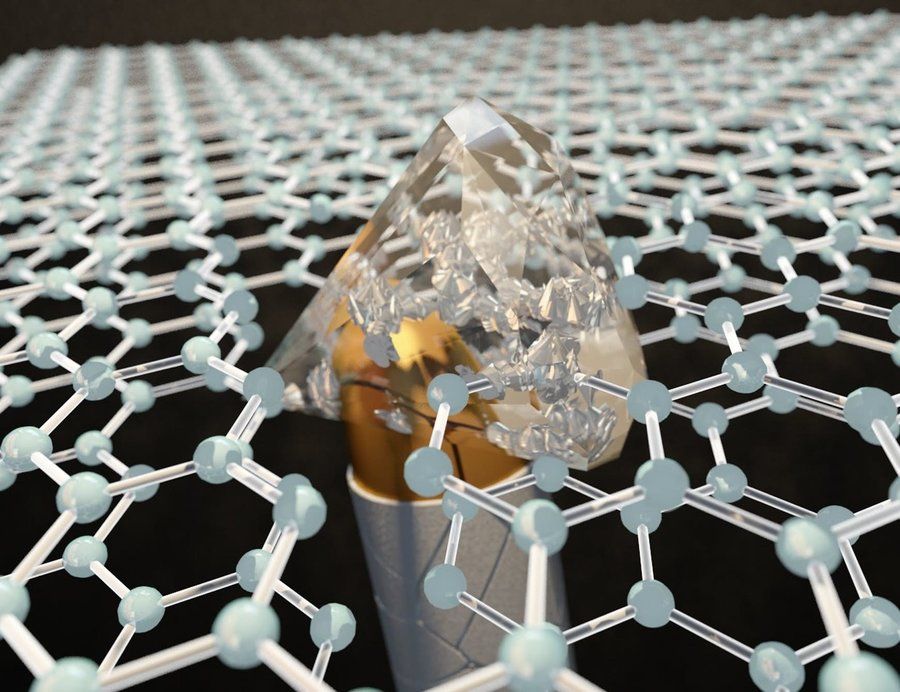
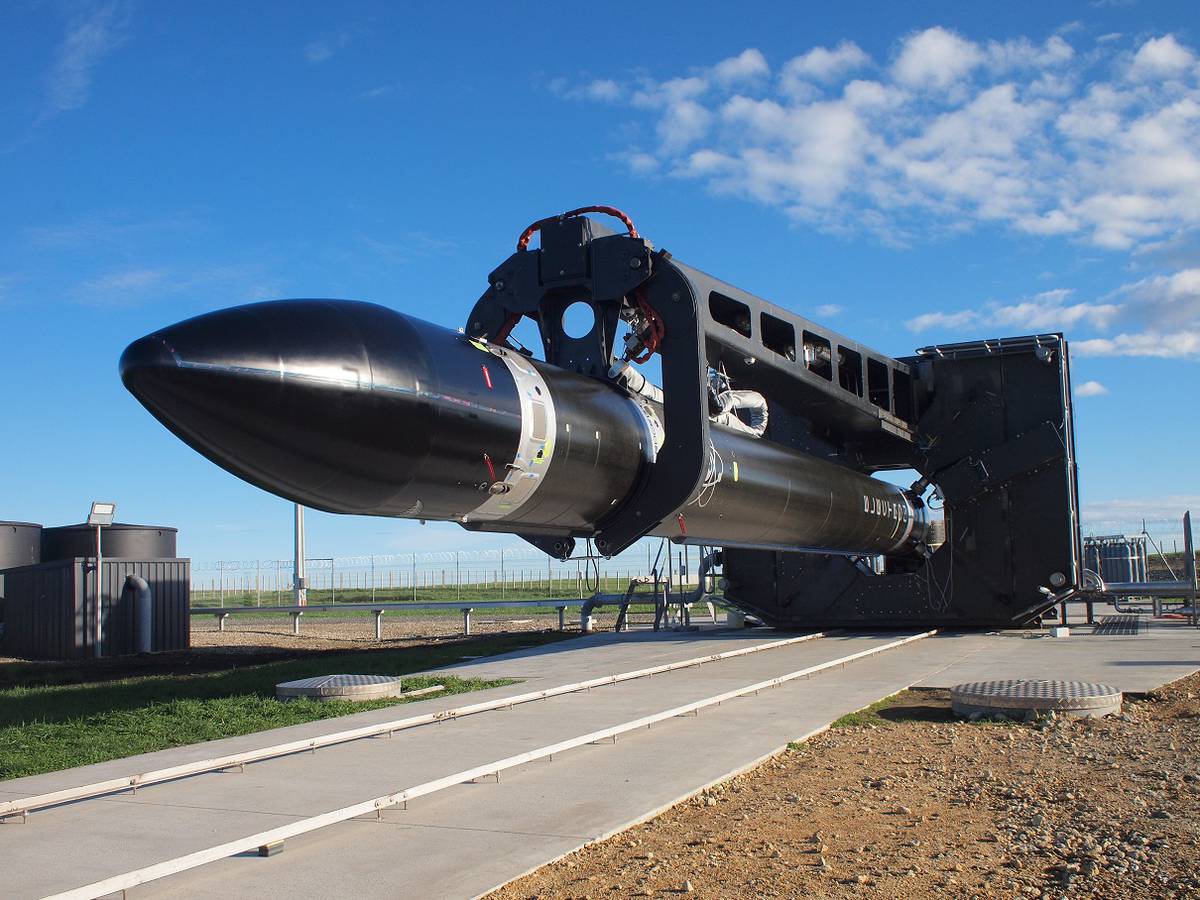
Space has suddenly become big in New Zealand, but Rocket Lab is just one example of what is starting to look like exponential growth in commercial activity. Business consultant and self-confessed space junkie Kevin Jenkins looks into how things are shaping up.
One space narrative is about disappointment. The 1950s and 1960s were about possibilities, and landing on the Moon seemed to prove that the science fiction of the 20th century really was just history written before it happened. But the promise of space seemed to peter out. The Apollo moon programme came to look more like a peak or end-point, rather than the trial run for Mars some in the space programme had hoped it would be.
After Apollo, “space” seemed to shift back to being more of a popular culture theme. For example, the famous song, album and movie Space is the Place is by one of my favourite jazz weirdos, Sun Ra, who was adamant he came from Saturn. Space became a dominant meme in pop and rock music too, as well as a mainstay in novels and films.
Raising the bar for AI
The Chinese game of Go is considered one of the most complex games of strategy in human history. In 2016, AlphaGo, a computer programme created by London-based engineers, beat Lee Sedol, a top player of the game. AlphaGo went on to beat several of the world’s best players before it was retired from the game to focus on even more challenging global problems.
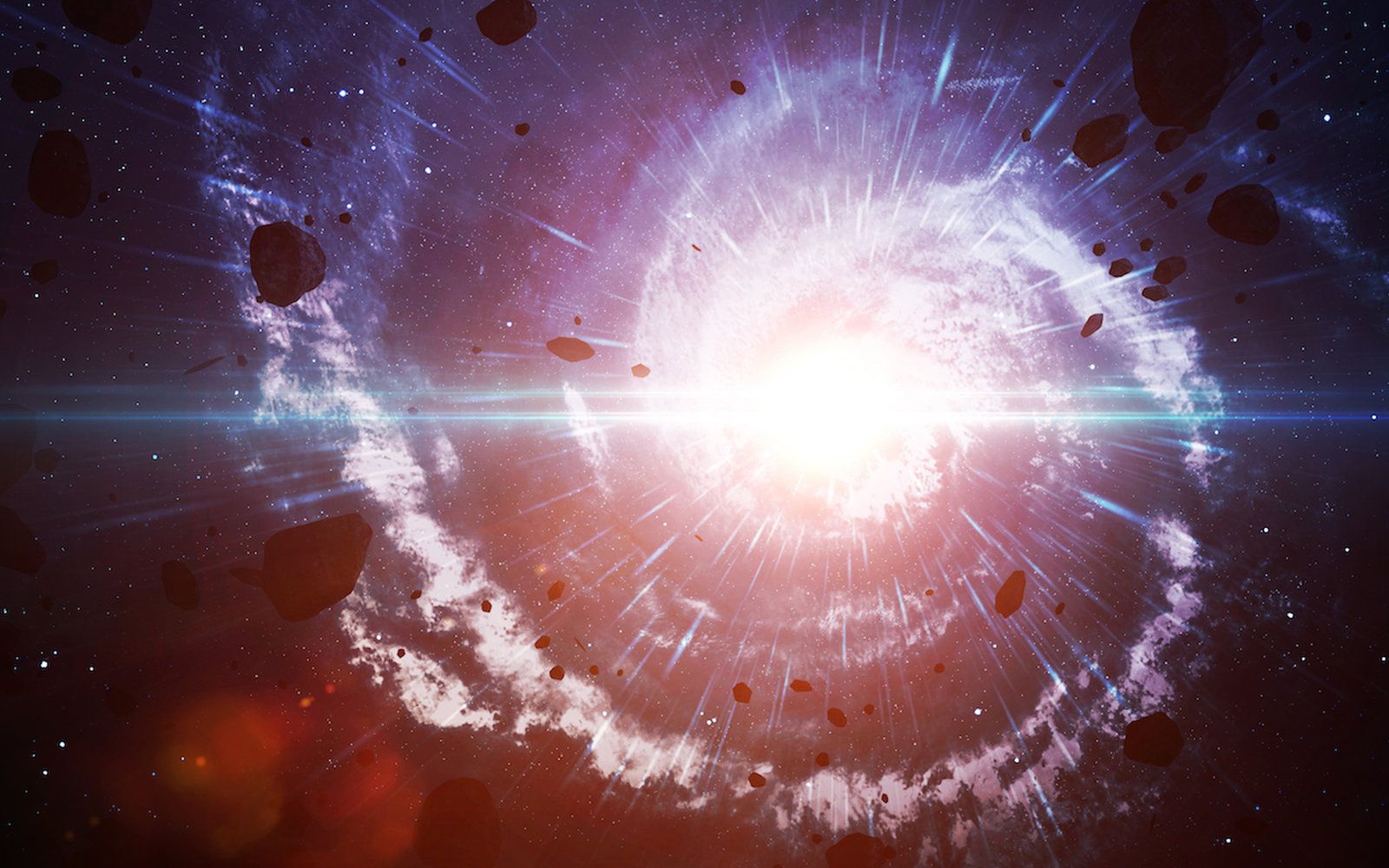
At the time of the Big Bang, all the matter in the universe was smooshed into an incredibly hot, infinitely dense speck of matter.
But what happened before that? It turns out, famed physicist Stephen Hawking has an answer, which he gave in an interview with his almost-as-famous fellow scientist, Neil deGrasse Tyson. Hawking discusses these ideas and others on the series finale of Tyson’s “StarTalk” TV show, which airs this Sunday (March 4) at 11 p.m. ET on the National Geographic Channel.
Hawking’s answer to the question “What was there before there was anything?” relies on a theory known as the “no-boundary proposal.”
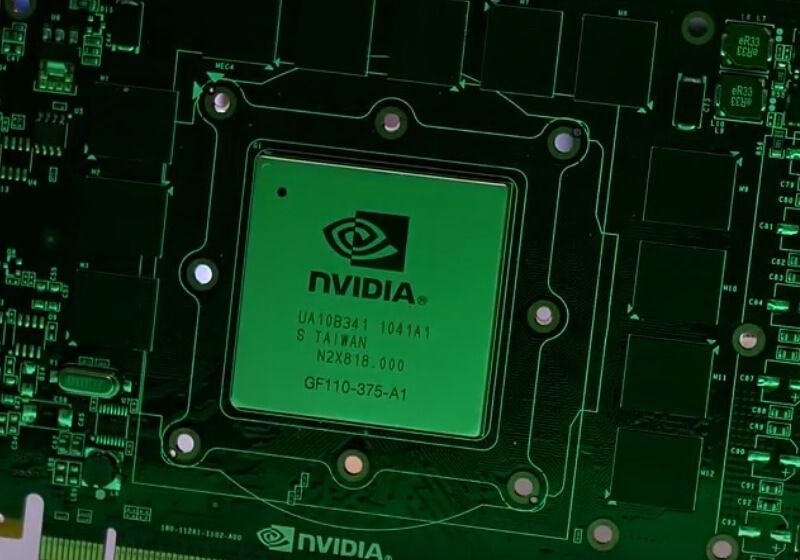
Rumors swirled earlier this week suggesting Nvidia was preparing to showcase its next generation of GeForce graphics cards during its GPU Technology Conference (GTC) at the end of the month (or perhaps even during the annual Game Developers Conference a week earlier).
Unfortunately, neither venue will host the big reveal according to a recent report from Tom’s Hardware. Multiple independent sources tell the site that apart from a possible announcement and a vague appetizer, nothing concrete regarding Nvidia’s next-gen gaming hardware is likely to be shared at the shows.
“Rumors that these venues would be the big reveal for Nvidia’s 2018 cards to succeed its current Pascal lineup should be put to rest,” the site advises.
